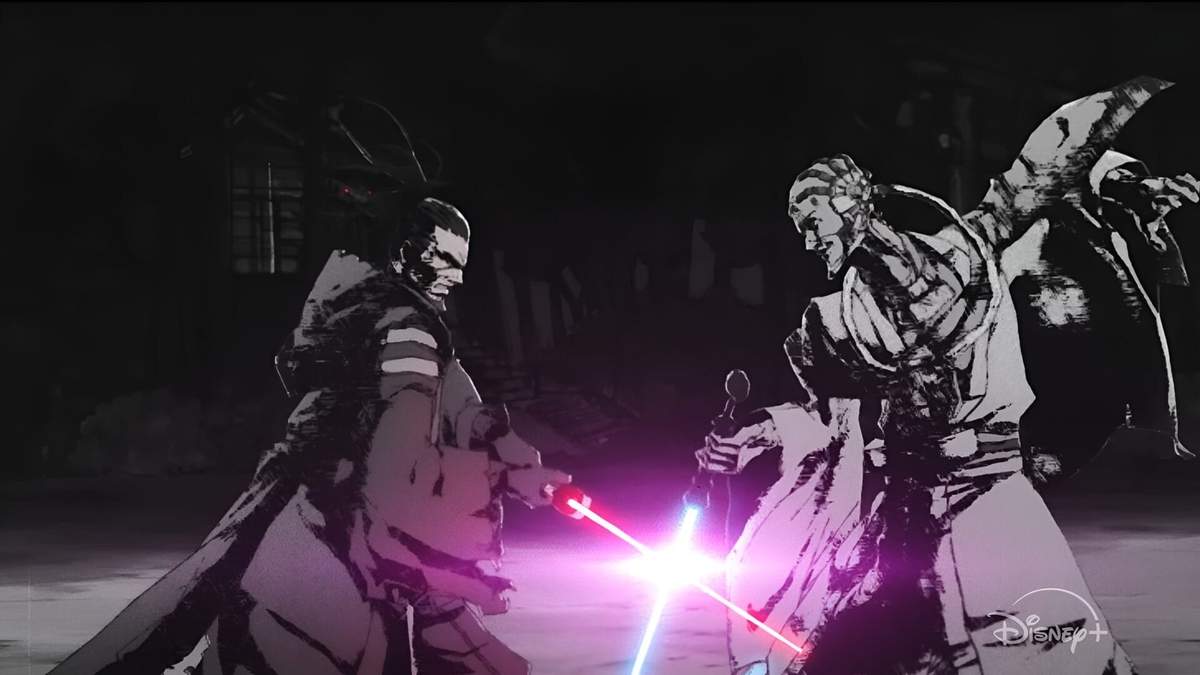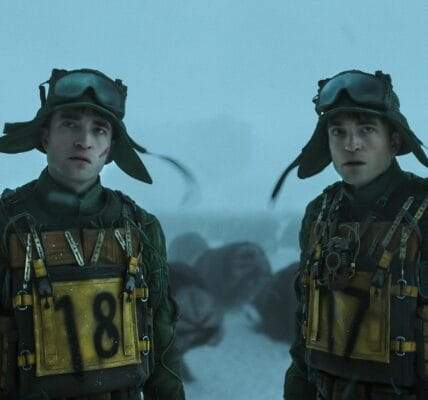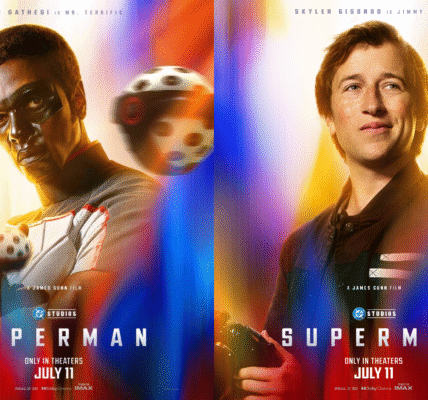‘Star Wars: Visions’ Volume 3 Review: A Bold, Gritty, Psychedelic Storytelling from the Galaxy Far Far Away
Star Wars: Visions Volume 3 reaffirms that Star Wars belongs not to a single nation or studio, but to every artist brave enough to dream within its universe.
With Star Wars: Visions Volume 3, Lucasfilm returns the anthology series to its creative birthplace—Japan—and the result is nothing short of spectacular. While the previous season’s worldwide approach had its fair share of highlights (notably El Guiri’s Sith and Aardman’s charming I Am Your Mother), there’s an undeniable sense that Visions feels most alive when told through the lens of Japanese animation. This volume’s lineup—featuring titans like Production I.G, WIT Studio, Studio TRIGGER, Kamikaze Douga, Kinema Citrus, and Polygon Pictures—reminds us why the first season resonated so deeply: because anime, at its best and understands both the mythic grandeur and intimate humanity that defines Star Wars.

All the studios imbue the galaxy far, far away with their own particular tone, texture, and philosophy. This emphasis on Japanese storytelling leads to a season that not just restores the excellence of Volume 1 but even eclipses it in terms of theme and style. The animation quality rivals Netflix’s first season of Love, Death + Robots—bold, dazzling, and unapologetically creative. It’s a visual spectacle and an emotional journey, a set that pays respects to Star Wars‘ roots while boldly pushing its artistic boundaries.
Kamikaze Douga’s Yojimbo and Seven Samurai tribute through the aesthetic language of feudal Japan launches the anthology with a thrilling welcome back to the black-and-white samurai universe where it all began. Payback continues that legacy with more grit, sharper action, and deeper emotional stakes. The black-and-white aesthetic, associated with the minimal bursts of color from lightsabers added a feel of guts and unyieldingness. Every stroke of ink and every beam of light tell a story of revenge and redemption. Every stroke of ink and every beam of light tells a story of revenge and redemption.
The samurai imagery meshes effortlessly with Star Wars imagery—stormtroopers transposed into bandits, Sith and Jedi as roving ronin, droids as steadfast friends. It’s not a stylistic exercise; it’s Star Wars reappreciating its mythic heritage in Eastern narrative.
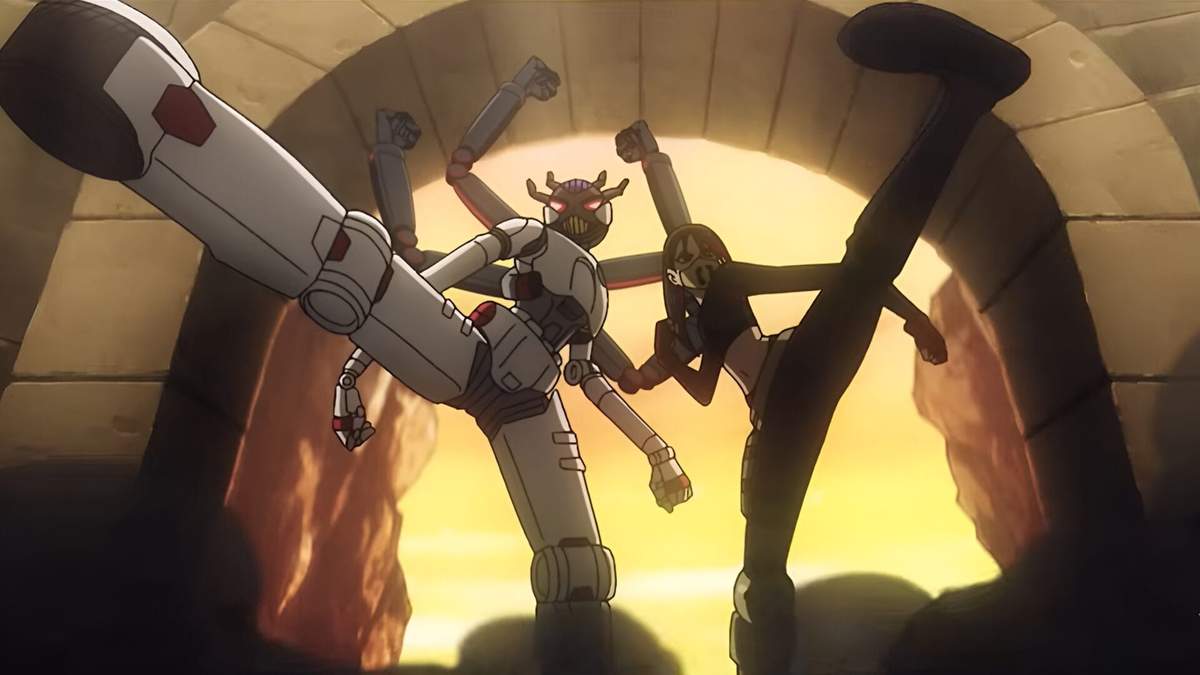
One of the recurring strengths of Visions Volume 3 is that it focuses on droids not merely as sidekicks, but as emotional linchpins. Episodes like The Song of Four Wings, The Bounty Hunters, and Yuko’s Treasure revolve around the connection between humans and their mechanical accompanies—the same relationships that echo what Star Wars truly is: that heroism is not tied to biology, and that even machinery can be a symbol of hope.
Production I.G’s Child of Hope, a straight-up sequel to The Ninth Jedi, stands as one of the most anticipated of the season. Its title is a tip of the hat to A New Hope and follows the format of the 1977 classic: an awakening of a young hero, the ignition of rebellion, and a hope of a better and brighter tomorrow. What’s impressive is how closely it captures the essence of George Lucas’ original without lapsing into mere imitation.
Though I was never particularly enamored with The Ninth Jedi’s animation or its story, Child of Hope surprised me with its maturity and cinematic ambition. Its art direction gleams with polish, and its world-building suggests an even larger narrative on the horizon—confirmed by Lucasfilm’s decision to greenlight a full series adaptation in 2026. This episode feels less like an anthology episode and more like a prologue to something monumental.
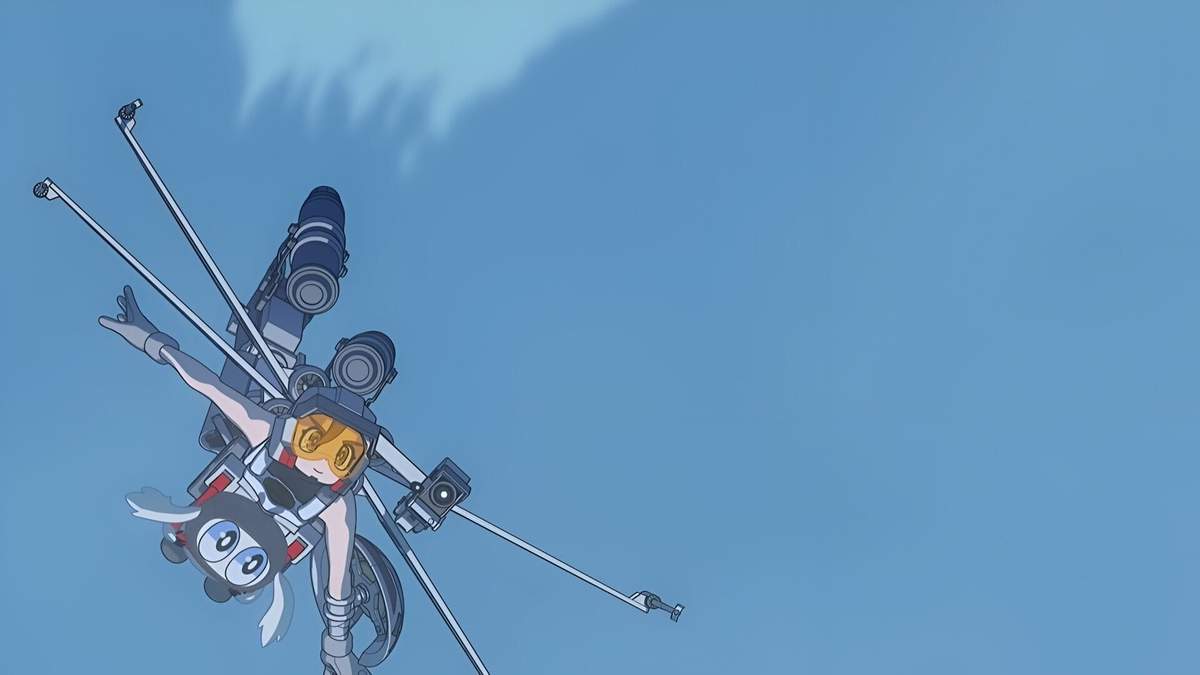
Kinema Citrus revisits its meditative world from The Village Bride with The Lost Ones, following the incognito Jedi known as F as she helps refugees flee a planetary disaster. The episode deepens the quiet sorrow of its predecessor while expanding its scale, turning a simple act of rescue into a moral reckoning. When the Empire intercepts their ship, F is forced to confront not only her enemies but the ghosts of her past.
There’s a haunting beauty in the way Kinema Citrus frames its action—not as spectacle, but as poetry. Every lightsaber clash feels deliberate, every silence weighted with memory. It’s the kind of storytelling that Visions does best: short, self-contained, yet emotionally expansive.
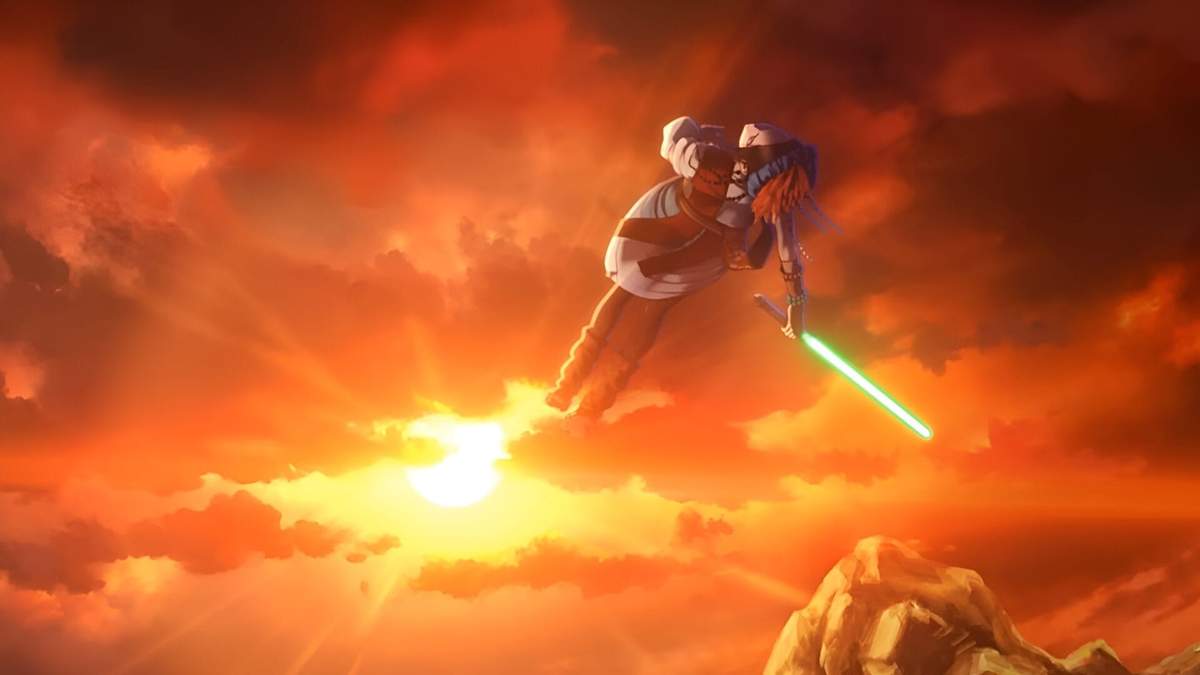
Polygon Pictures’ The Bird of Paradise marks one of the anthology’s most radiant episode. Known for their darker, more somber projects, the studio opts for a luminous and heartfelt story this time. It follows a warrior blinded in battle who undergoes a spiritual pilgrimage to resist the Dark Side. The colors—rich, sun-drenched hues contrasted with serene blues—evoke Studio Ghibli’s tranquility more than Star Wars’ typical grit.
What’s most striking is the optimism of the episode. A reminder that Visions doesn’t have to be war and tragedy all the time—it can be rebirth and healing too. The spiritual tests are handled with restrained elegance, and the animation goes dreamlike and stays that way long after the credits.
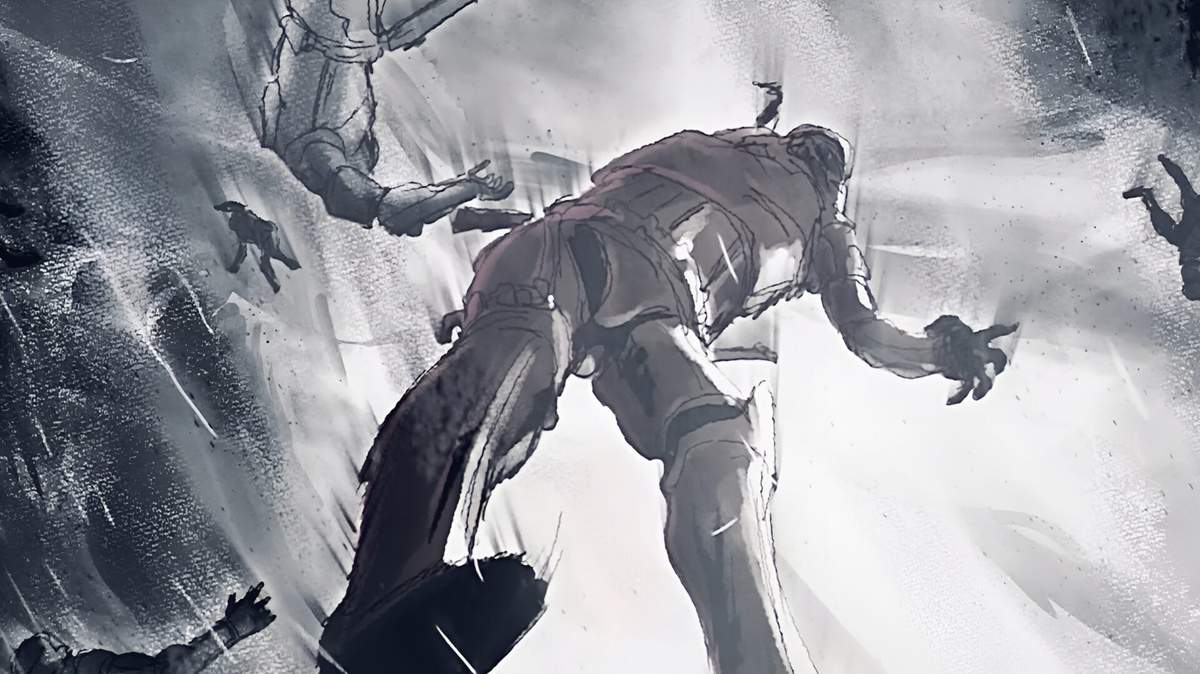
And then comes Black, the finale, and the volume’s magnum opus. Animated by David Production and directed by Shinya Ohira, the key animator behind films like Howl’s Moving Castle, Spirited Away, The Boy and the Heron and many others.
I want to commend Lucasfilm for pushing its boundaries—Black is the most creative and experimental project I’ve ever seen from this franchise. This whole thing being animated is the perfect medium to convey this story because no amount of live-action could ever truly capture how chaotic, messy, and horrifying an intergalactic space war from a stormtrooper’s perspective is. This 12-minute silent psychedelic, experimental episode is Star Wars like we’ve never seen it before. There’s no dialogue; no exposition—just raw, visual storytelling that plunges you into the chaotic psyche of a stormtrooper trapped in a collapsing Death Star.
The whole episode is an insane psychedelic fever dream—a struggle between past and present, light and dark, and life and death. The sequences shifts between abstraction and definition, its hallucinatory images makes you remind everything from 2001: A Space Odyssey to avant-garde anime such as Akira or Mind Game.
It’s terrifying, exhilarating, and deeply human. Black—accompanied by its groovy jazz score, captures the fear and futility of war more effectively than any monologue could. I don’t care what any of y’all say, but this right here is Star Wars canon to me.

What really makes Star Wars: Visions Volume 3 stand out is how cohesive it is. Amid all the variety of tones from different animation studios, the volume itself remains cohesive—tied together by respect for the Star Wars mythos and a common enthusiasm to push its boundaries. Every frame exudes passion—from the curvatures of light along a lightsaber blade to the craftsmanship of space temples and cities. The consistency of quality across all episodes marks this as the strongest Visions volume yet.
Star Wars: Visions Volume 3 is a glorious homecoming—a masterful showcase of artistry, emotion, and cultural symbiosis. It reaffirms that Star Wars belongs not to a single nation or studio, but to every artist brave enough to dream within its universe.
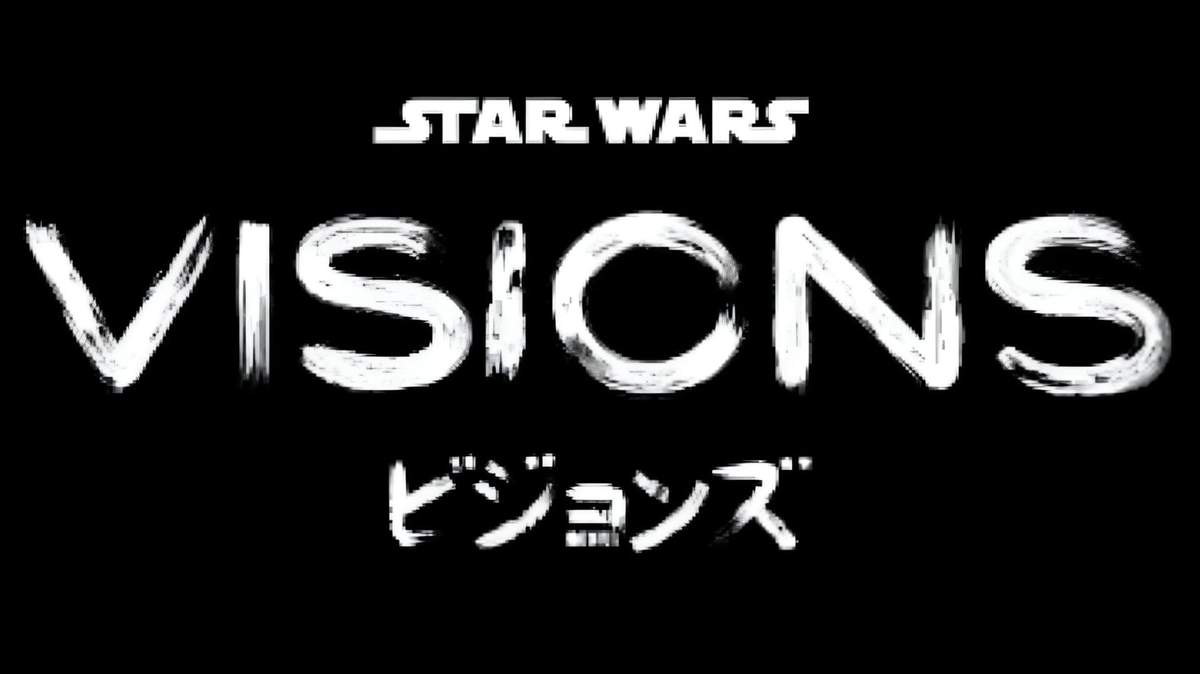
Star Wars: Visions Volume 3 features direction from Takanobu Mizuno, Hiroyasu Kobayashi, Naoyoshi Shiotani, Junichi Yamamoto, Masaki Tachibana, Hitoshi Haga, Masahiko Otsuka, Tadahiro “Tady” Yoshihira, and Shinya Ohira. Star Wars: Visions Volume 3 is now streaming on Disney+.
Thank you for reading. If you liked this Star Wars: Visions Volume 3 review, check out more reviews here at Feature First!



